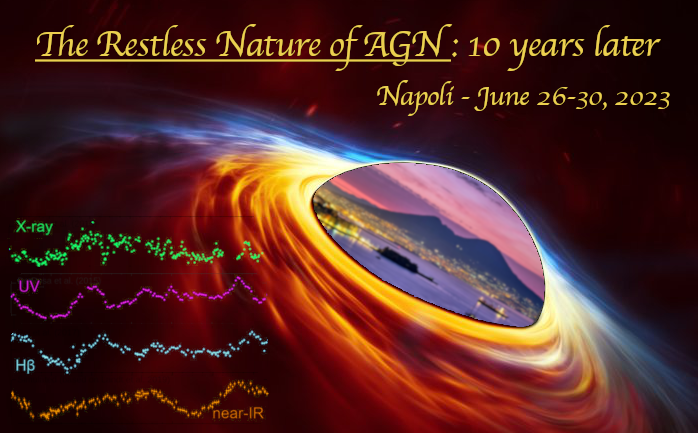Speaker
Description
The supermassive black hole (SMBH) binary systems are important for testing the models of SMBH formation, comparing the physics of SMBH merging to gravitational wave (GW) detection, and determining the stochastic GW background at low frequencies, just to name a few.
We present an overview of current efforts on combining information from complementary techniques to detect close binary supermassive black holes (CB-SMBH, components bound in a Keplerian pair at mutual distances of less than 0.1 pc). This topic has typically been driven by theoretical work, but in recent years it has also generated interest in observational astronomy.
A variety of parameters influence CB-SMBH observability, the bulk of which are dictated by the system's evolutionary stage. Throughout electromagnetic domains, samples of dual SMBH systems separated by kiloparsecs to hundreds of parsecs have been detected. Nevertheless, the evidence is not as obvious at subparsec scales due to a lack of instrumental resolution to separate the binary components features in highly dimensional observability space.
Moreover, a binary SMBH ensemble should provide a stochastic gravitational wave (GW) background with a distinct strain form. The Pulsar Timing Array (PTA) might resolve massive or nearby SMBH binaries from the GW background, but only during the early inspiral stage of a binary merger, in addition to supplying GW information for the ensemble of binary systems.
Thus, to expand the explored parameter space of CB-SMBHs and follow them up with coming nano-Hz GW interferometers (or PTA), we should employ all available time domain observations to identify the physical parameters of CB-SMBHs and noteworthy candidates.
Using time domain data sets collected over several techniques, rather than just one, should enhance the amount and quality of information on the observed object. Even if one of the data sets is far more inaccurate than the other, this is supposed to be true.
Given the increasing amount of data from already existing and future large sky surveys, as well as the growing population of high resolution imaging tools capable of scanning individual objects with ever-sharper vision, the combined information from these advanced techniques has the potential to uncover a substantial portion of CB-SMBH candidates.

